Home>Home Appliances>Laundry Appliances>What Can You Use In Place Of An Ironing Board?
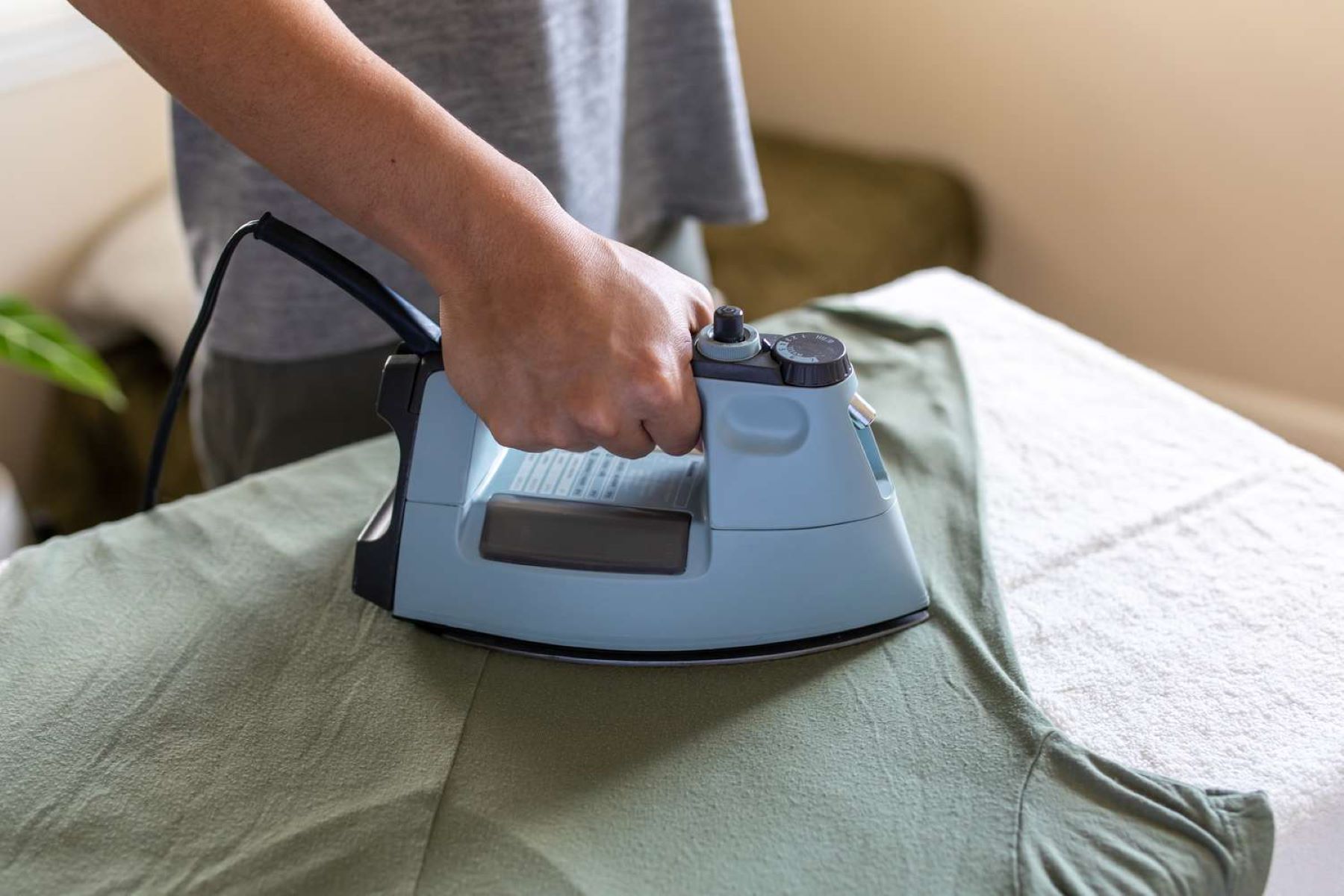

Laundry Appliances
What Can You Use In Place Of An Ironing Board?
Modified: February 18, 2024
Discover alternative options for ironing clothes without an ironing board. Explore creative solutions using common laundry appliances. Simplify your ironing routine today!
(Many of the links in this article redirect to a specific reviewed product. Your purchase of these products through affiliate links helps to generate commission for Storables.com, at no extra cost. Learn more)
Table-
When it comes to ironing clothes, having a reliable ironing board is essential for achieving wrinkle-free perfection. However, what if you find yourself in a situation where an ironing board is not readily available? Fear not, as there are several alternatives that can serve as a makeshift ironing surface. One of the most convenient substitutes for an ironing board is a sturdy table.
A table, whether it's a dining table, a study desk, or a coffee table, can be repurposed as a makeshift ironing board. To transform a table into a suitable ironing surface, follow these simple steps:
-
Prepare the Surface: Start by ensuring that the table is clean and free from any debris or moisture. A smooth and flat surface is ideal for ironing, so clear the table of any items that may obstruct the iron's movement.
-
Cover the Table: To protect the table's surface and prevent any heat damage, place a thick, heat-resistant pad or a folded cotton towel on the table. This will provide a cushioned and heat-resistant layer for ironing.
-
Add a Layer of Fabric: Once the heat-resistant pad is in place, cover it with a clean cotton sheet or a piece of muslin fabric. This additional layer will further protect the clothing being ironed and ensure a smooth ironing experience.
-
Begin Ironing: With the makeshift ironing surface prepared, you can now proceed to iron your clothes as usual. Ensure that the table is at a comfortable height for ironing to avoid any strain on your back.
Using a table as an alternative to an ironing board is not only practical but also versatile. Whether you're traveling, staying in a small space, or simply don't have an ironing board on hand, a table can come to the rescue and provide a suitable surface for achieving well-pressed garments.
In summary, a table can serve as an effective substitute for an ironing board when the need arises. By following these simple steps and exercising caution, you can transform a table into a makeshift ironing surface, allowing you to maintain a crisp and polished appearance for your clothing, even in the absence of a traditional ironing board.
Key Takeaways:
- No Ironing Board? No Problem!
Transform everyday items like tables, towels, and even your bed into makeshift ironing surfaces. With a few simple steps, you can achieve wrinkle-free clothes without the need for a traditional ironing board. - Get Creative with Ironing
When an ironing board is out of reach, think outside the box! Utilize flat surfaces like tables, counters, and even the floor to iron your clothes effectively. It’s all about resourcefulness and making do with what you have.
Read more: What Is An Ironing Board Used For?
Towel-
When an ironing board is not available, a simple yet effective alternative can be found in a household essential – the humble towel. Utilizing a towel as a makeshift ironing surface offers a convenient solution for achieving wrinkle-free garments without the need for a traditional ironing board.
To transform a towel into a suitable ironing surface, follow these straightforward steps:
-
Select a Flat Surface: Begin by identifying a stable and heat-resistant flat surface in your home. This could be a sturdy table, a kitchen counter, or any other flat and secure area that can accommodate the size of the towel.
-
Prepare the Surface: Ensure that the chosen surface is clean and free from any moisture or debris. It's essential to create a smooth and even ironing area to achieve optimal results.
-
Lay the Towel: Place a clean and preferably thick towel on the flat surface. The towel will serve as a protective barrier between the hot iron and the underlying surface, preventing any heat damage.
-
Smooth Out the Towel: Before ironing, ensure that the towel is spread out evenly and free from any wrinkles or folds. This will provide a smooth and consistent ironing surface for your garments.
-
Begin Ironing: With the towel in place, you can proceed to iron your clothes as usual. It's important to be mindful of the heat resistance of the towel and the underlying surface to avoid any damage.
Using a towel as an alternative to an ironing board offers flexibility and convenience, especially in situations where space or resources are limited. Whether you're traveling, staying in a compact living space, or simply need a quick ironing solution, a towel can effectively serve as a makeshift ironing surface.
In summary, a towel can be repurposed to provide a practical and temporary ironing surface, ensuring that your garments are well-pressed and presentable even in the absence of a traditional ironing board. This versatile approach demonstrates the resourcefulness and adaptability that can be applied to everyday tasks, making ironing a hassle-free experience regardless of the available equipment.
Flat Surface-
When an ironing board is not within reach, improvisation becomes the key to achieving well-pressed clothing. In such situations, a flat surface serves as a versatile alternative, offering a practical solution for ironing garments without the need for a traditional ironing board.
Identifying a suitable flat surface within your living space is the first step in utilizing this makeshift ironing method. A sturdy table, kitchen counter, or even a clean and spacious floor can serve as an ideal flat surface for ironing. It's essential to choose a location that provides stability and heat resistance, ensuring a safe and effective ironing experience.
Once the flat surface is selected, it's crucial to prepare the area for ironing. Clear the surface of any items that may obstruct the iron's movement and ensure that it is clean and free from moisture or debris. Creating a smooth and even ironing area is essential for achieving optimal results and preventing any damage to the clothing being ironed.
After preparing the flat surface, the next step is to lay down a suitable protective barrier. A thick, heat-resistant pad or a folded cotton towel can be placed on the flat surface to provide a cushioned and heat-resistant layer for ironing. This protective barrier not only safeguards the underlying surface but also prevents any heat damage, ensuring a safe and efficient ironing process.
Once the protective barrier is in place, adding a layer of fabric further enhances the makeshift ironing surface. Covering the heat-resistant pad or towel with a clean cotton sheet or a piece of muslin fabric creates an additional protective layer for the garments being ironed. This extra layer not only safeguards the clothing but also ensures a smooth and consistent ironing experience.
With the flat surface prepared and the protective layers in place, you can proceed to iron your clothes as usual. Whether it's a table, kitchen counter, or floor, the flat surface provides a stable and practical ironing area, allowing you to achieve well-pressed garments without the need for a traditional ironing board.
In summary, utilizing a flat surface as an alternative to an ironing board demonstrates resourcefulness and adaptability in everyday tasks. By repurposing common household areas into makeshift ironing surfaces, you can ensure that your clothing remains well-pressed and presentable, even in the absence of a traditional ironing board.
Bed-
When faced with the absence of an ironing board, the bed can emerge as an unexpected yet effective alternative for ironing garments. This versatile piece of furniture, typically associated with rest and relaxation, can be repurposed to serve as a makeshift ironing surface, providing a convenient solution for achieving wrinkle-free clothing.
To utilize the bed as an ironing alternative, begin by identifying a suitable area on the bed for the ironing process. It's important to choose a flat and stable section of the bed, such as the mattress or a clean and spacious portion of the bedspread. Ensuring that the bed surface is free from any moisture or debris is crucial to creating an optimal ironing area.
Once the ironing area on the bed is identified, it's advisable to place a protective barrier to safeguard the bed's surface and prevent any heat damage. A thick, heat-resistant pad or a folded cotton towel can be laid out on the chosen section of the bed, providing a cushioned and heat-resistant layer for ironing. This protective barrier not only shields the bed but also ensures a safe and effective ironing experience.
Following the placement of the protective barrier, adding a layer of fabric further enhances the makeshift ironing surface. Covering the heat-resistant pad or towel with a clean cotton sheet or a piece of muslin fabric creates an additional protective layer for the garments being ironed. This extra layer not only safeguards the clothing but also ensures a smooth and consistent ironing experience on the bed.
With the bed prepared as a makeshift ironing surface, you can proceed to iron your clothes as usual. Whether it's a quick touch-up or a more extensive ironing session, the bed provides a stable and comfortable area for achieving well-pressed garments without the need for a traditional ironing board.
In summary, repurposing the bed as an alternative to an ironing board showcases adaptability and resourcefulness in everyday tasks. By utilizing this unexpected yet practical ironing surface, you can ensure that your clothing remains well-pressed and presentable, even in the absence of a traditional ironing board.
You can use a clean towel on a flat surface, like a table or counter, as a makeshift ironing board. Just make sure the surface is heat-resistant and stable.
Bath Towel-
When the need for ironing arises and an ironing board is not readily available, a bath towel can emerge as a surprisingly effective alternative for creating a makeshift ironing surface. The versatility and accessibility of a bath towel make it a practical solution for achieving well-pressed garments without the traditional ironing board.
To utilize a bath towel as a makeshift ironing surface, begin by identifying a suitable flat and stable area within your living space. This could be a sturdy table, a kitchen counter, or any other flat surface that can accommodate the size of the bath towel. Ensuring that the chosen surface is clean and free from any moisture or debris is essential to create an optimal ironing area.
Once the flat surface is prepared, lay the bath towel on the surface, ensuring that it is spread out evenly and free from any wrinkles or folds. The bath towel serves as a protective barrier between the hot iron and the underlying surface, preventing any heat damage and providing a cushioned and heat-resistant layer for ironing.
In addition to the bath towel, it's advisable to add a layer of fabric to further enhance the makeshift ironing surface. Covering the bath towel with a clean cotton sheet or a piece of muslin fabric creates an additional protective layer for the garments being ironed, ensuring a smooth and consistent ironing experience.
With the bath towel in place on the flat surface, you can proceed to iron your clothes as usual. Whether it's a quick touch-up or a more extensive ironing session, the bath towel provides a stable and practical area for achieving well-pressed garments without the need for a traditional ironing board.
In summary, repurposing a bath towel as an alternative to an ironing board demonstrates adaptability and resourcefulness in everyday tasks. By utilizing this simple yet effective ironing surface, you can ensure that your clothing remains well-pressed and presentable, even in the absence of a traditional ironing board.
Read more: What Can You Use In Place Of Caraway Seeds
Floor-
When an ironing board is not readily available, the floor can serve as a surprisingly effective alternative for ironing garments. While unconventional, utilizing the floor as a makeshift ironing surface offers a practical solution, especially in situations where space or resources are limited.
To utilize the floor as an ironing alternative, begin by identifying a clean and spacious area that provides a stable and flat surface for ironing. It's important to ensure that the floor is free from any moisture or debris, creating an optimal ironing area. While the floor may not offer the same height convenience as an ironing board, it can accommodate larger garments and linens, making it a versatile option for ironing various items.
Once the ironing area on the floor is identified, it's advisable to place a protective barrier to safeguard the floor and prevent any heat damage. A thick, heat-resistant pad or a folded cotton towel can be laid out on the floor, providing a cushioned and heat-resistant layer for ironing. This protective barrier not only shields the floor but also ensures a safe and effective ironing experience.
Following the placement of the protective barrier, adding a layer of fabric further enhances the makeshift ironing surface. Covering the heat-resistant pad or towel with a clean cotton sheet or a piece of muslin fabric creates an additional protective layer for the garments being ironed. This extra layer not only safeguards the clothing but also ensures a smooth and consistent ironing experience on the floor.
With the floor prepared as a makeshift ironing surface, you can proceed to iron your clothes as usual. Whether it's a quick touch-up or a more extensive ironing session, the floor provides a stable and practical area for achieving well-pressed garments without the need for a traditional ironing board.
In summary, repurposing the floor as an alternative to an ironing board showcases adaptability and resourcefulness in everyday tasks. By utilizing this unconventional yet practical ironing surface, you can ensure that your clothing remains well-pressed and presentable, even in the absence of a traditional ironing board.
Counter Top
When an ironing board is not readily available, the counter top in your kitchen or laundry room can serve as a versatile and practical alternative for ironing garments. The flat and stable surface of a counter top provides an ideal area for achieving well-pressed clothing without the need for a traditional ironing board.
To utilize the counter top as a makeshift ironing surface, begin by ensuring that the chosen counter top is clean, free from any moisture, and spacious enough to accommodate the garments being ironed. It's essential to create a smooth and even ironing area to achieve optimal results and prevent any damage to the clothing.
Once the counter top is prepared, it's advisable to place a protective barrier to safeguard the surface and prevent any heat damage. A thick, heat-resistant pad or a folded cotton towel can be laid out on the counter top, providing a cushioned and heat-resistant layer for ironing. This protective barrier not only shields the counter top but also ensures a safe and effective ironing experience.
Following the placement of the protective barrier, adding a layer of fabric further enhances the makeshift ironing surface. Covering the heat-resistant pad or towel with a clean cotton sheet or a piece of muslin fabric creates an additional protective layer for the garments being ironed. This extra layer not only safeguards the clothing but also ensures a smooth and consistent ironing experience on the counter top.
With the counter top prepared as a makeshift ironing surface, you can proceed to iron your clothes as usual. Whether it's a quick touch-up or a more extensive ironing session, the counter top provides a stable and practical area for achieving well-pressed garments without the need for a traditional ironing board.
In summary, repurposing the counter top as an alternative to an ironing board showcases adaptability and resourcefulness in everyday tasks. By utilizing this common household surface as a practical ironing area, you can ensure that your clothing remains well-pressed and presentable, even in the absence of a traditional ironing board.
Frequently Asked Questions about What Can You Use In Place Of An Ironing Board?
Was this page helpful?
At Storables.com, we guarantee accurate and reliable information. Our content, validated by Expert Board Contributors, is crafted following stringent Editorial Policies. We're committed to providing you with well-researched, expert-backed insights for all your informational needs.
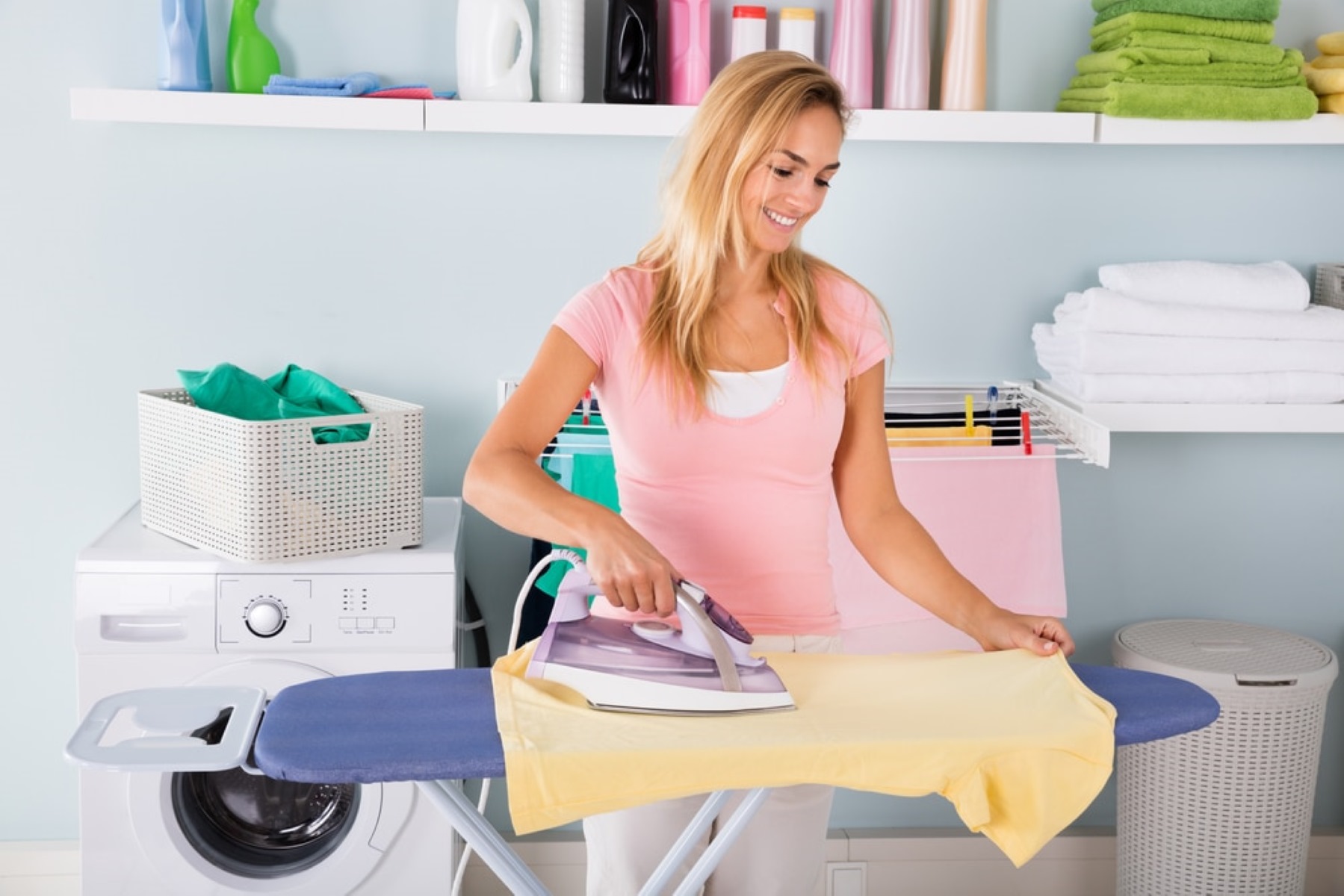
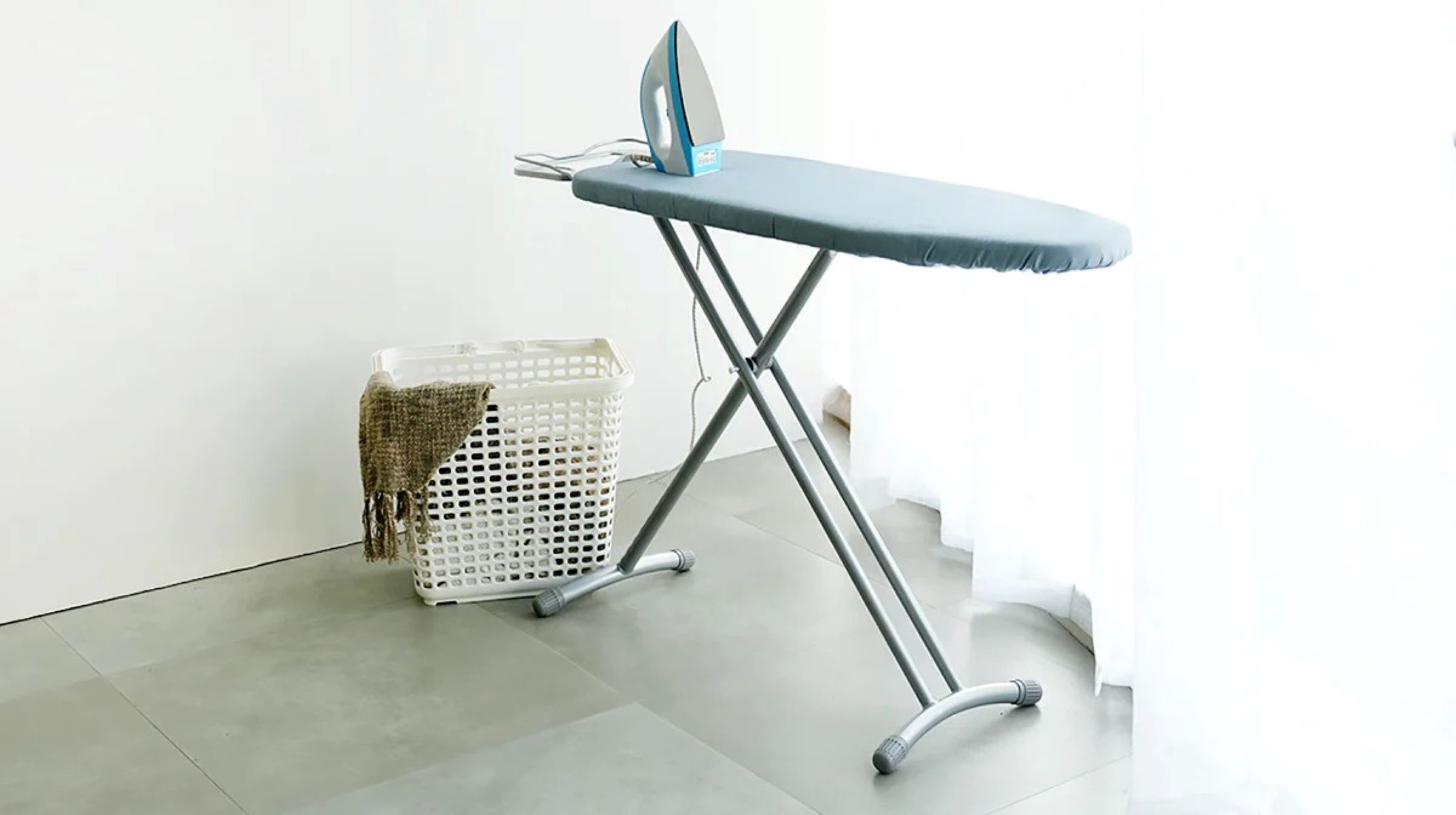
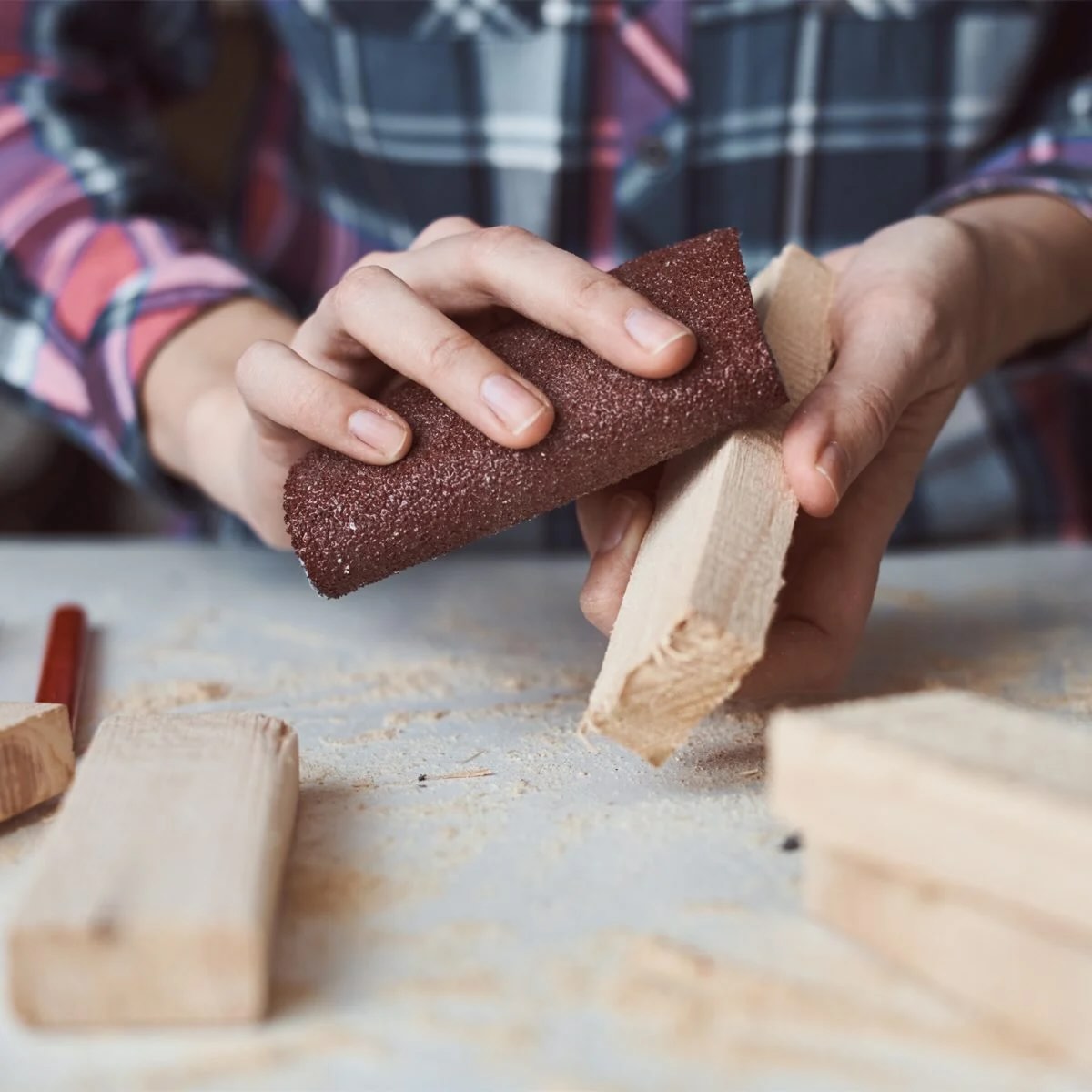
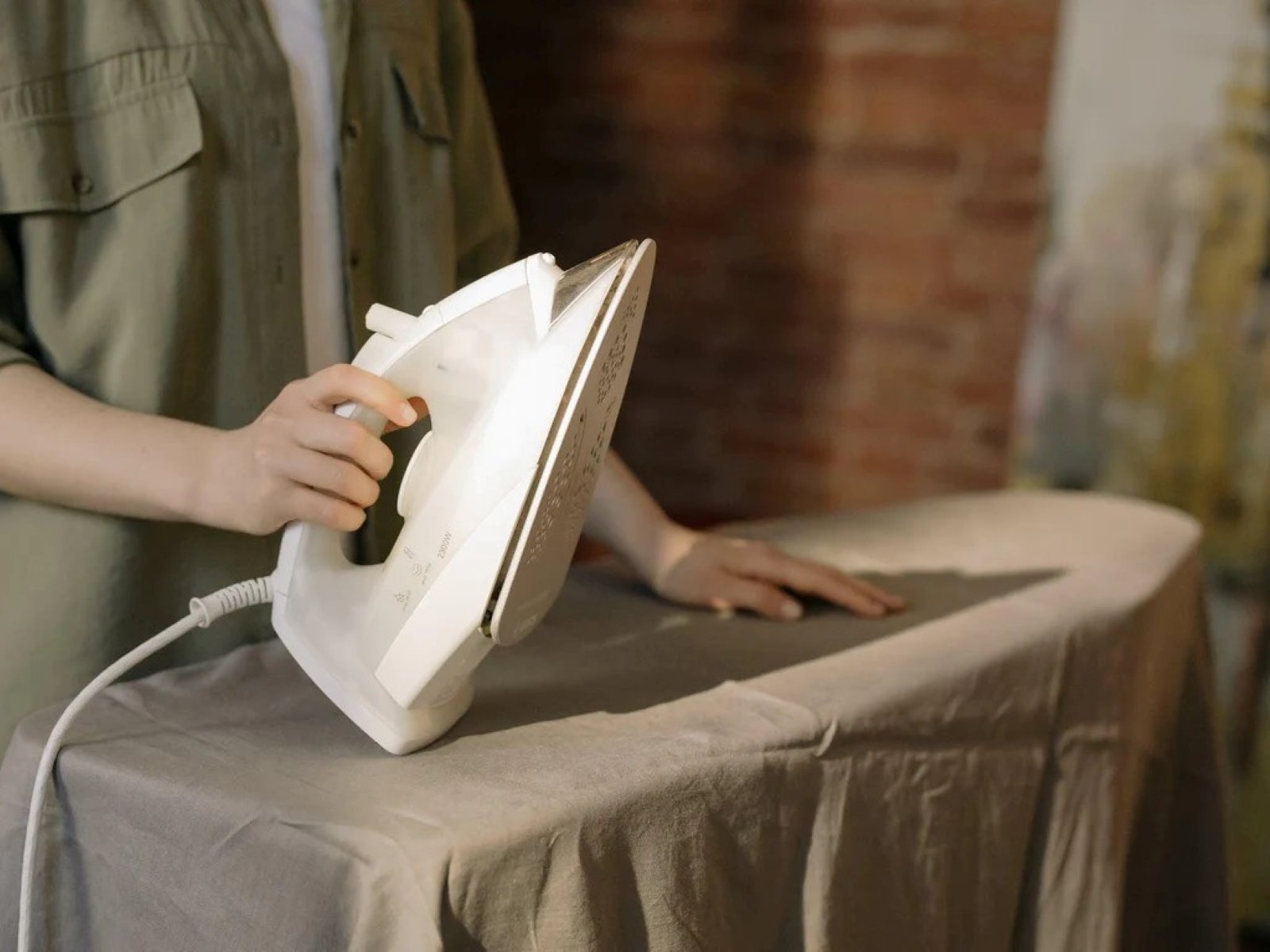
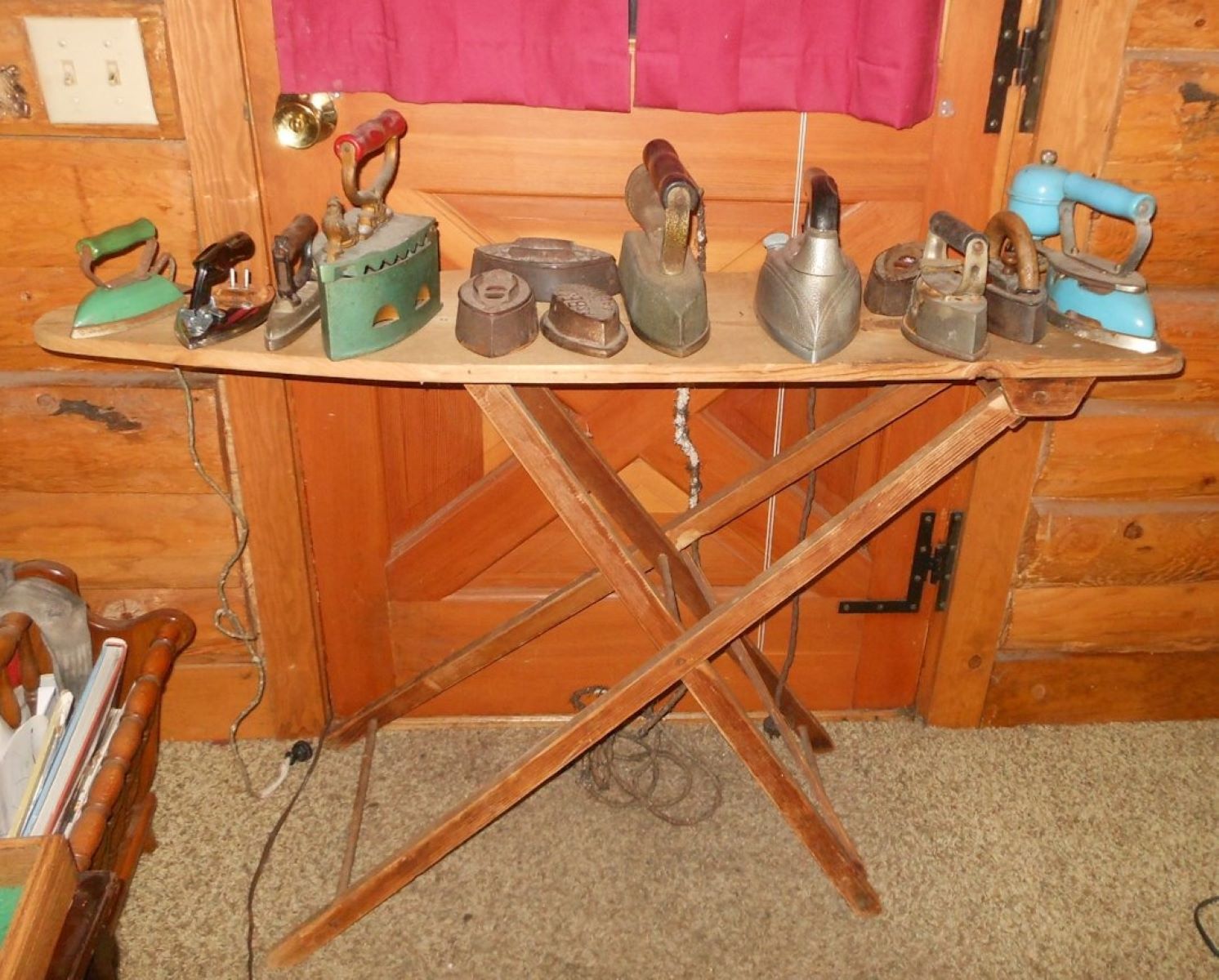
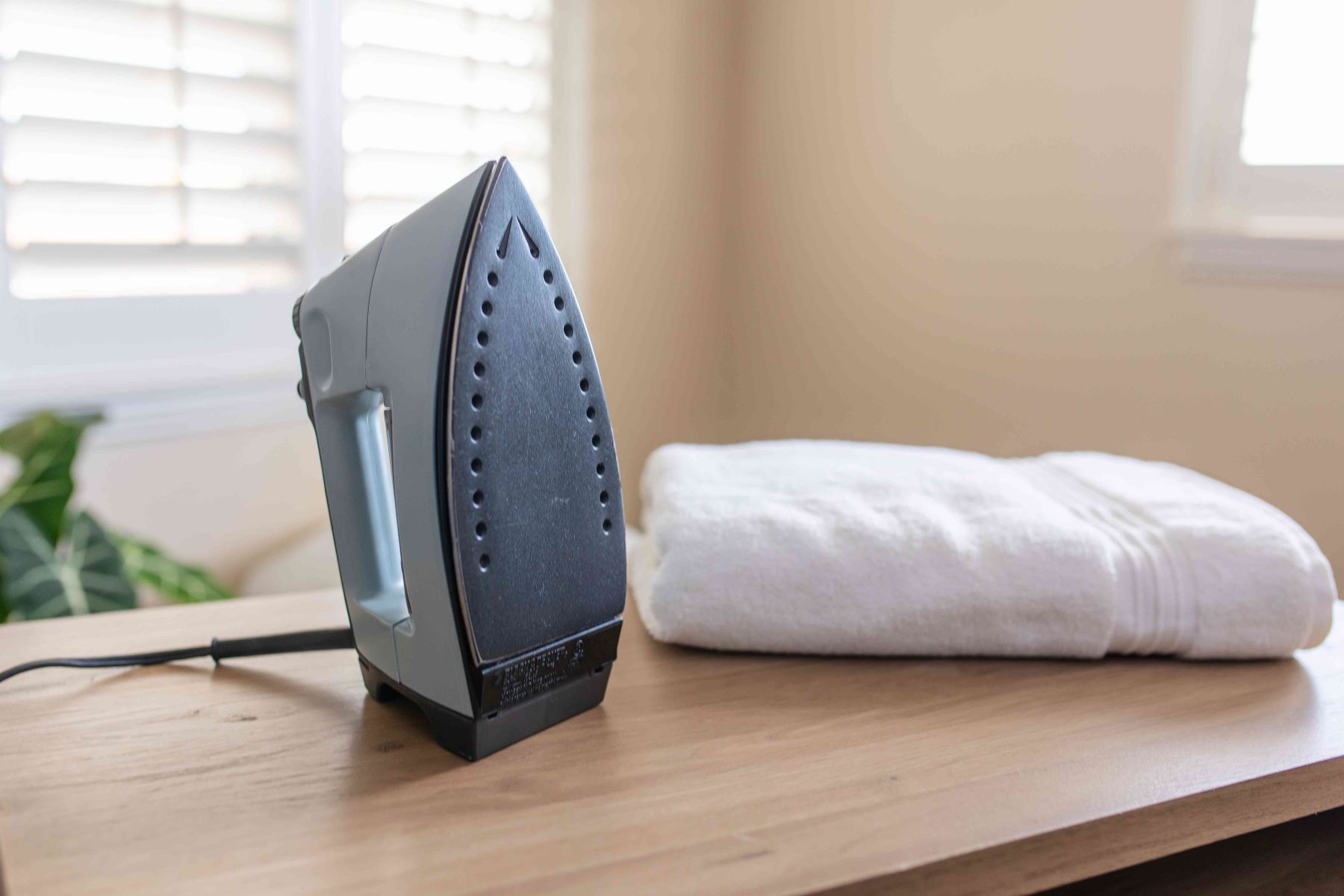
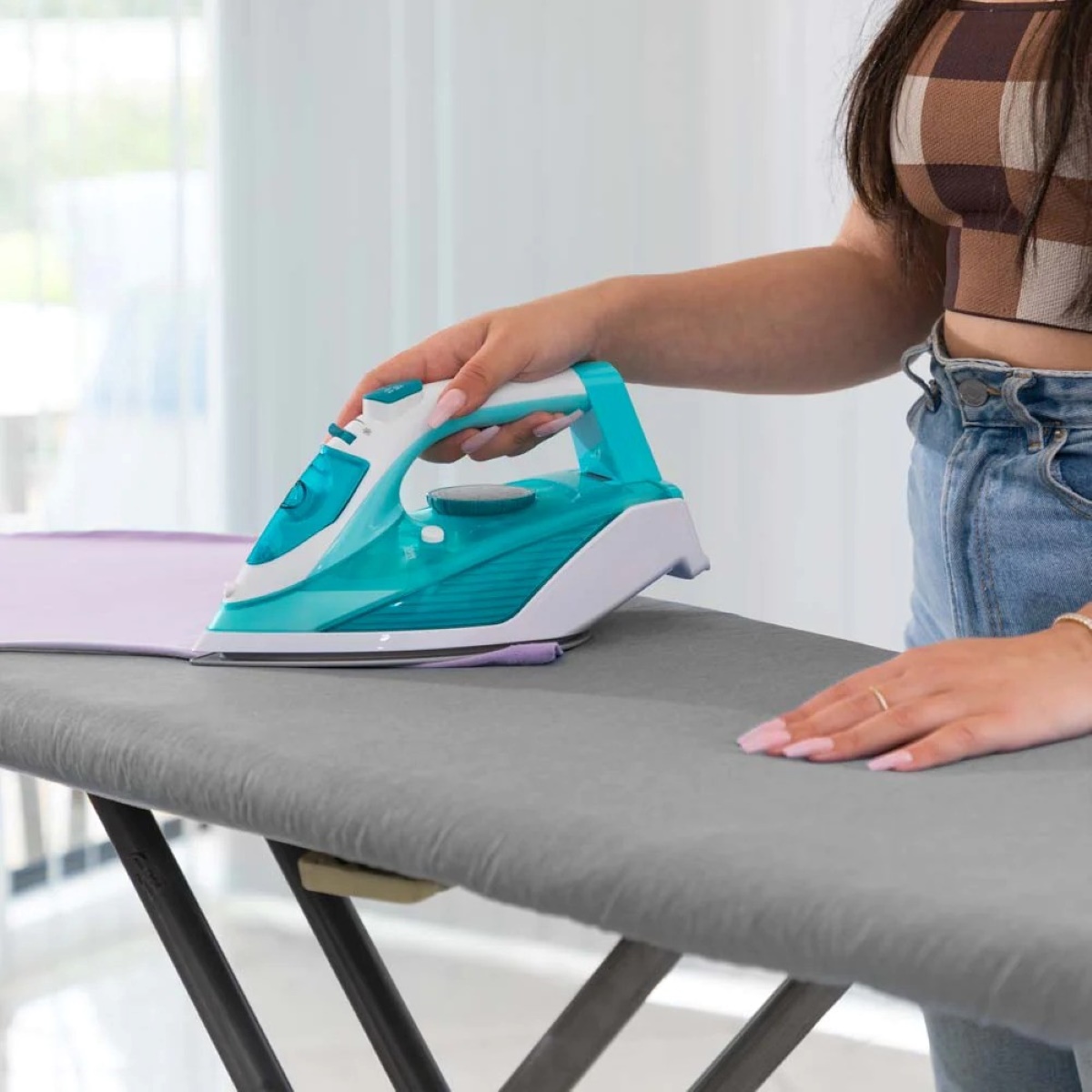
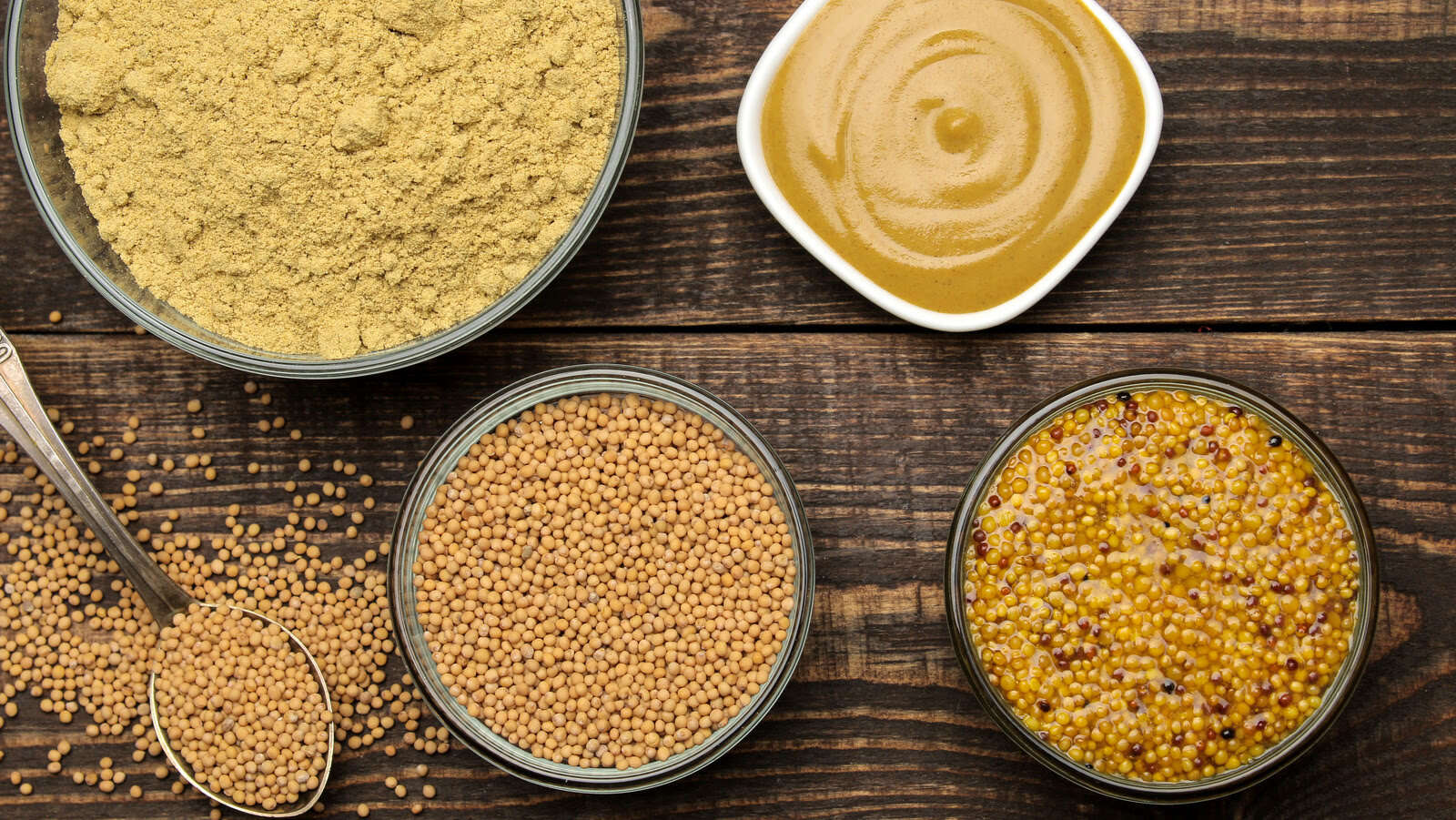
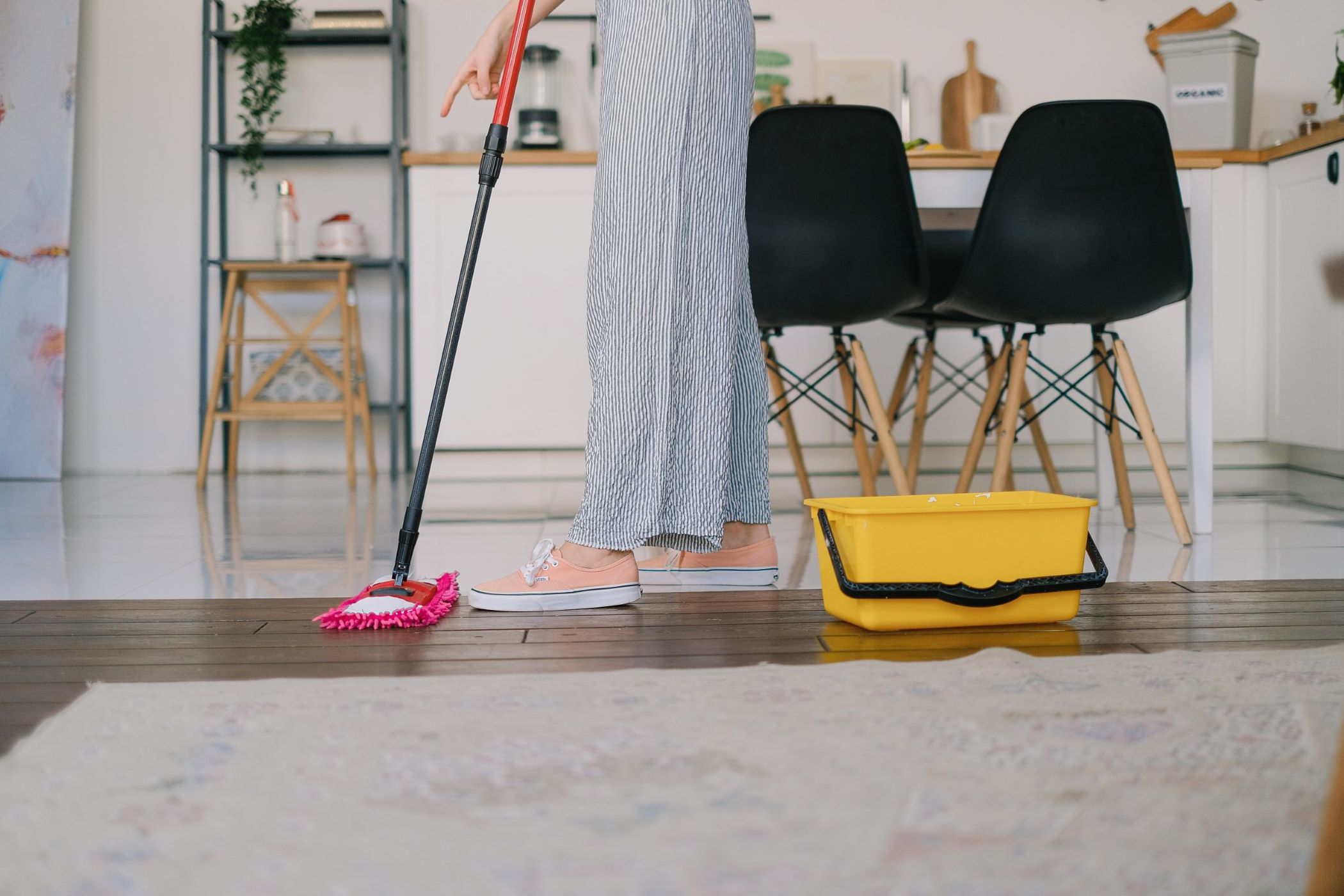
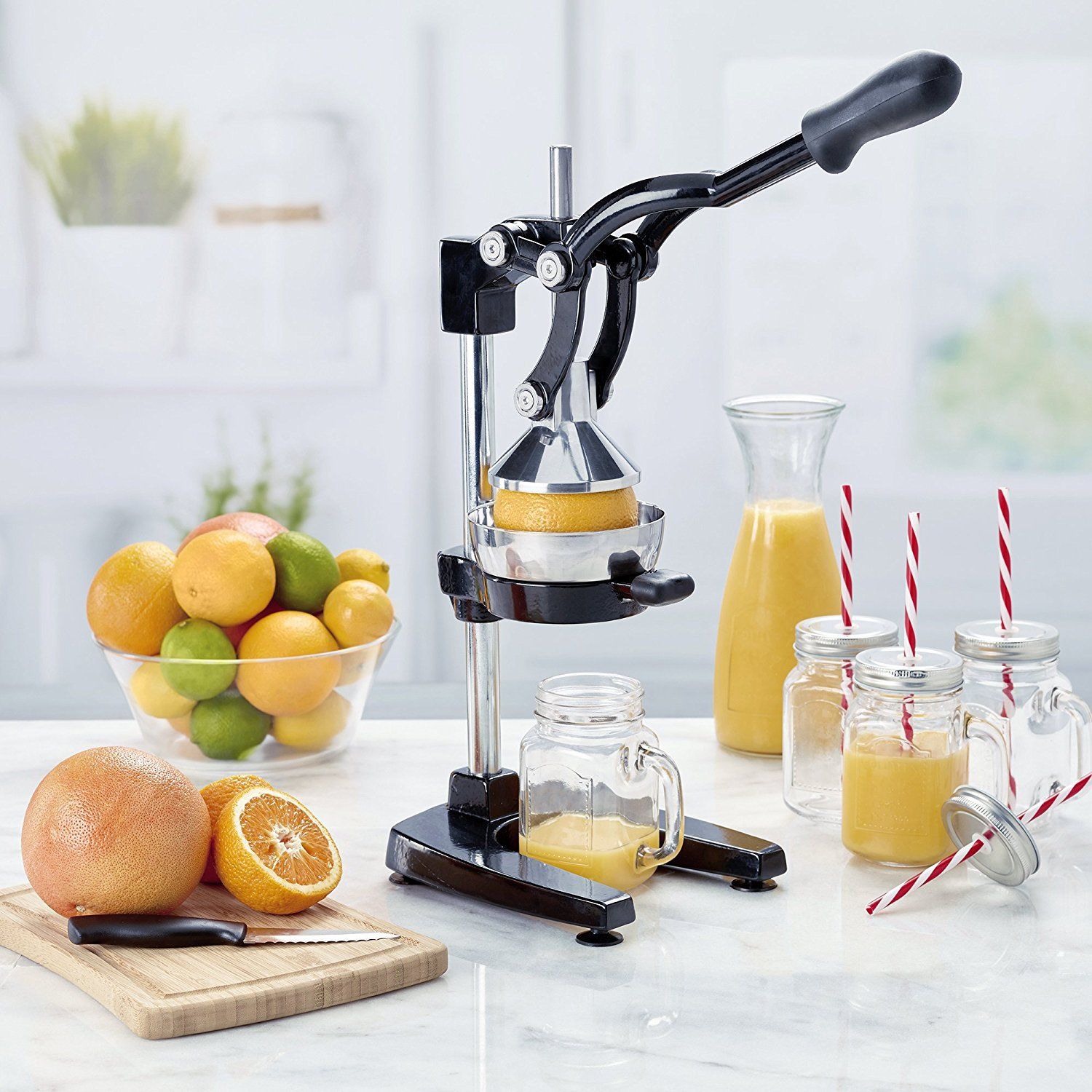
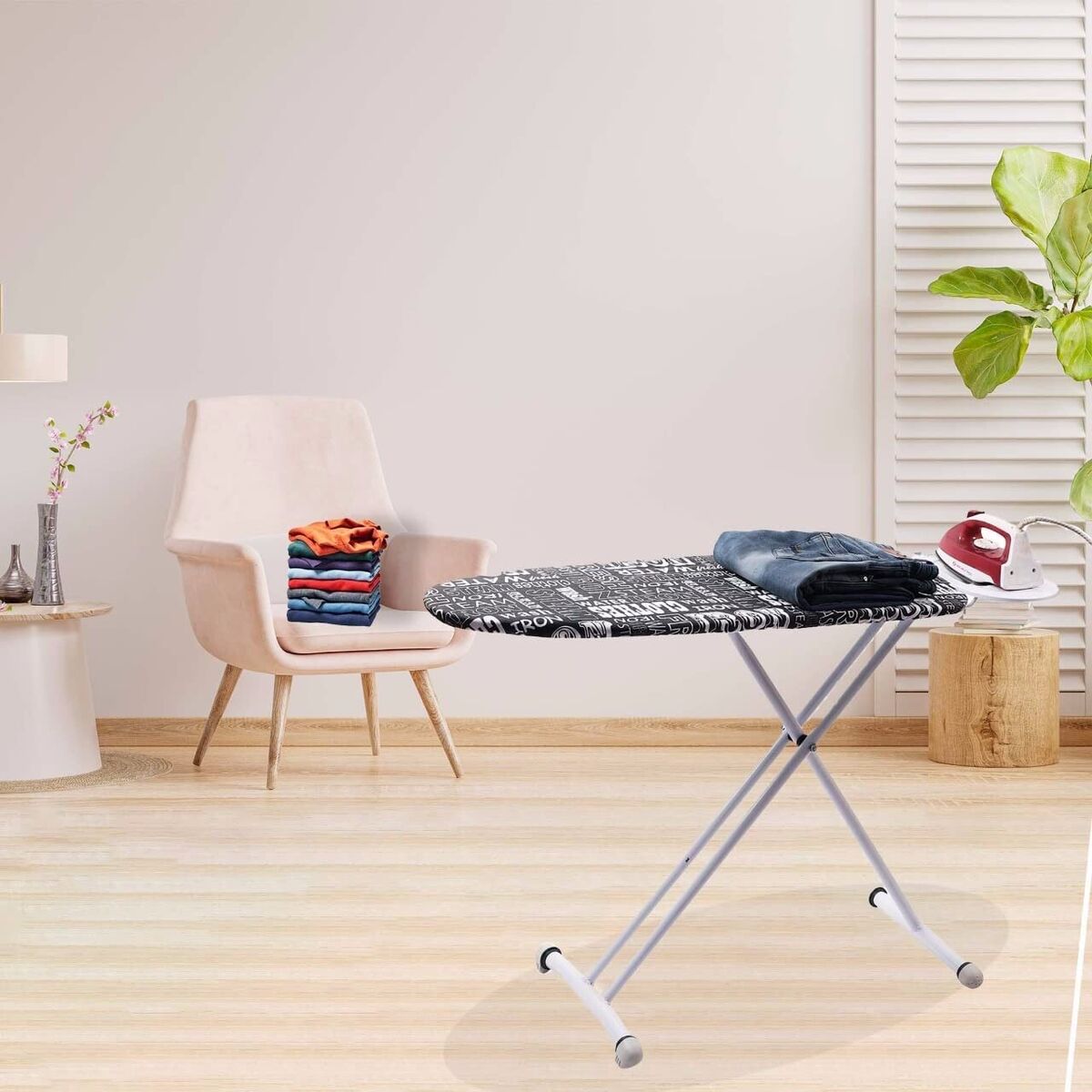
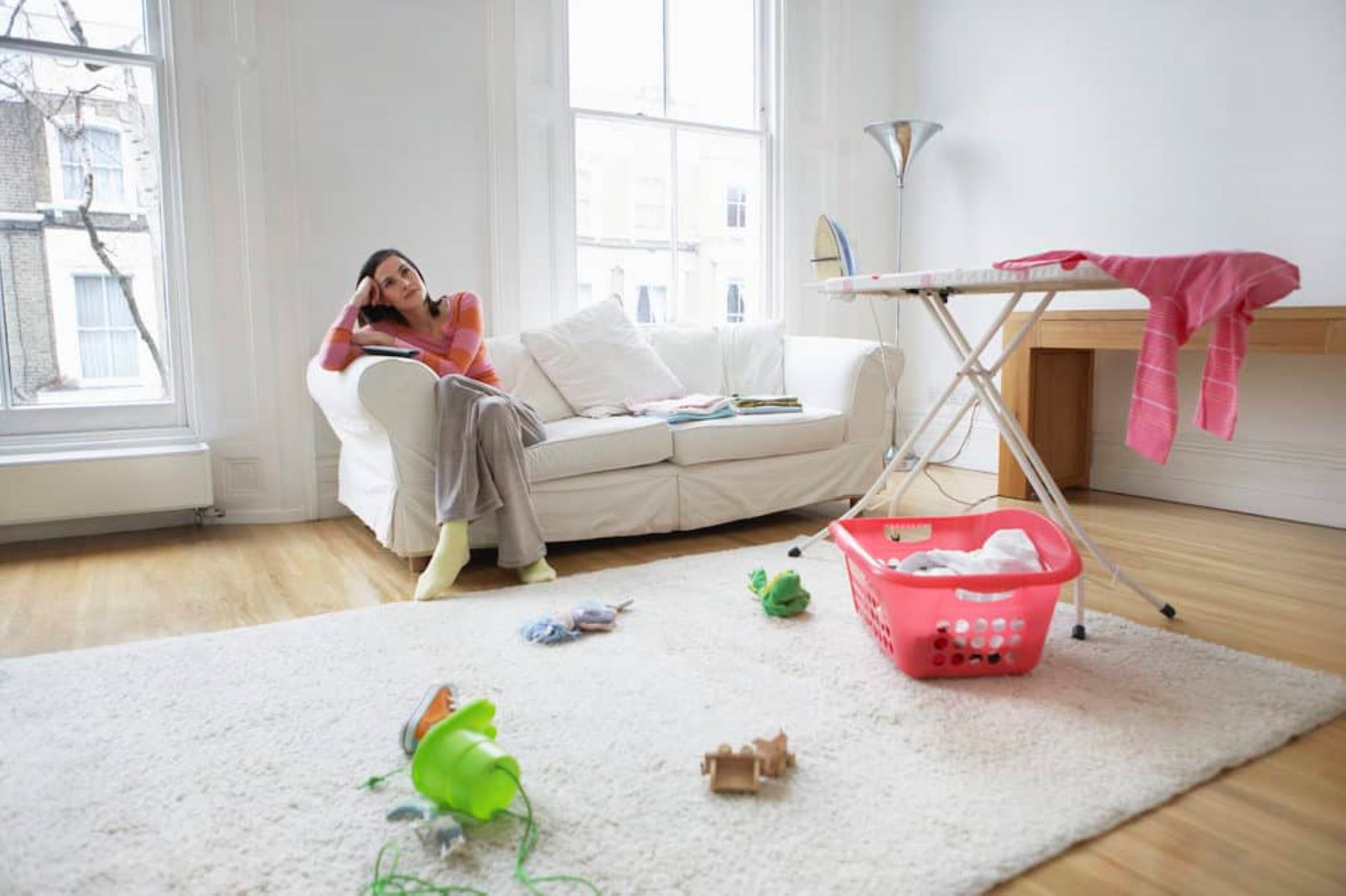
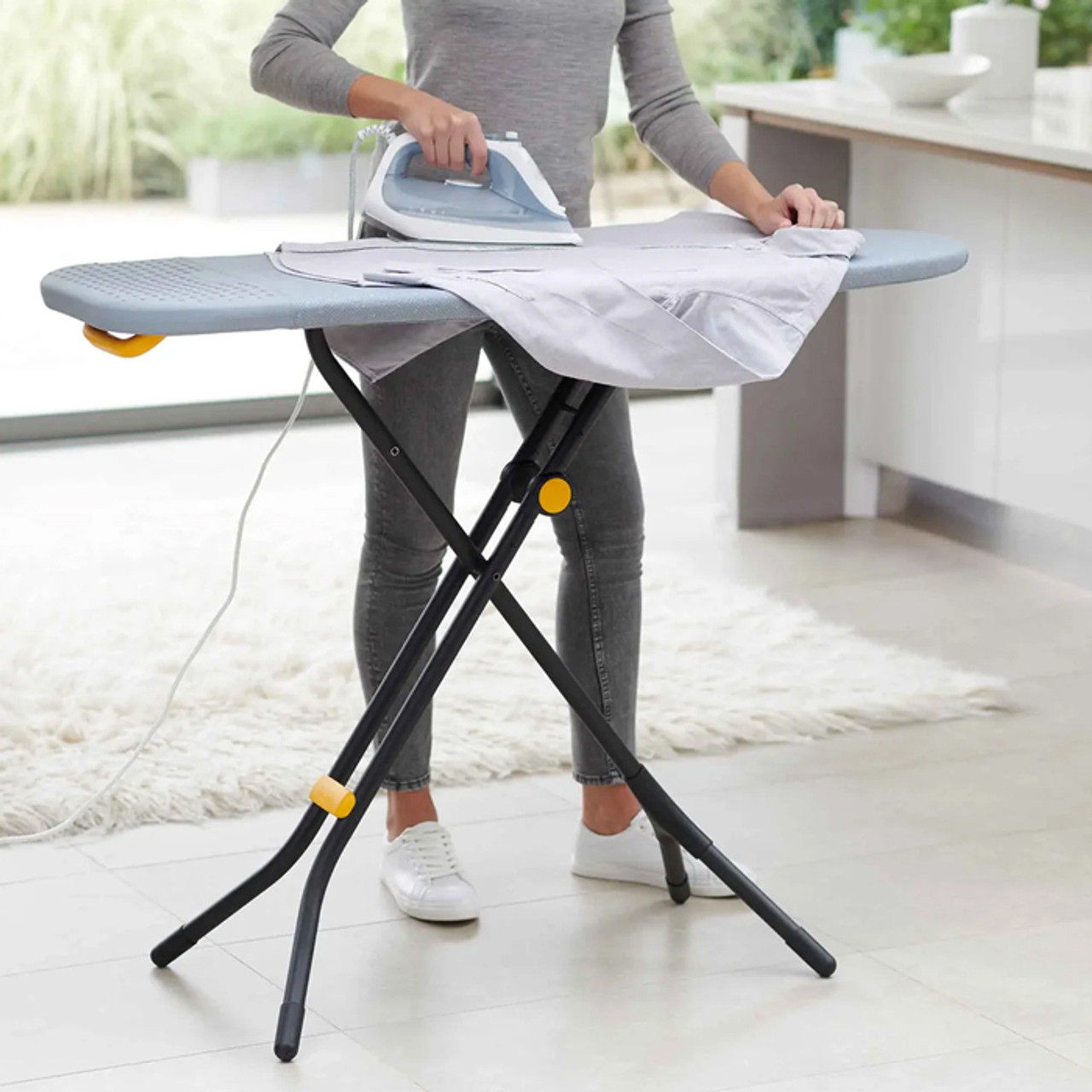
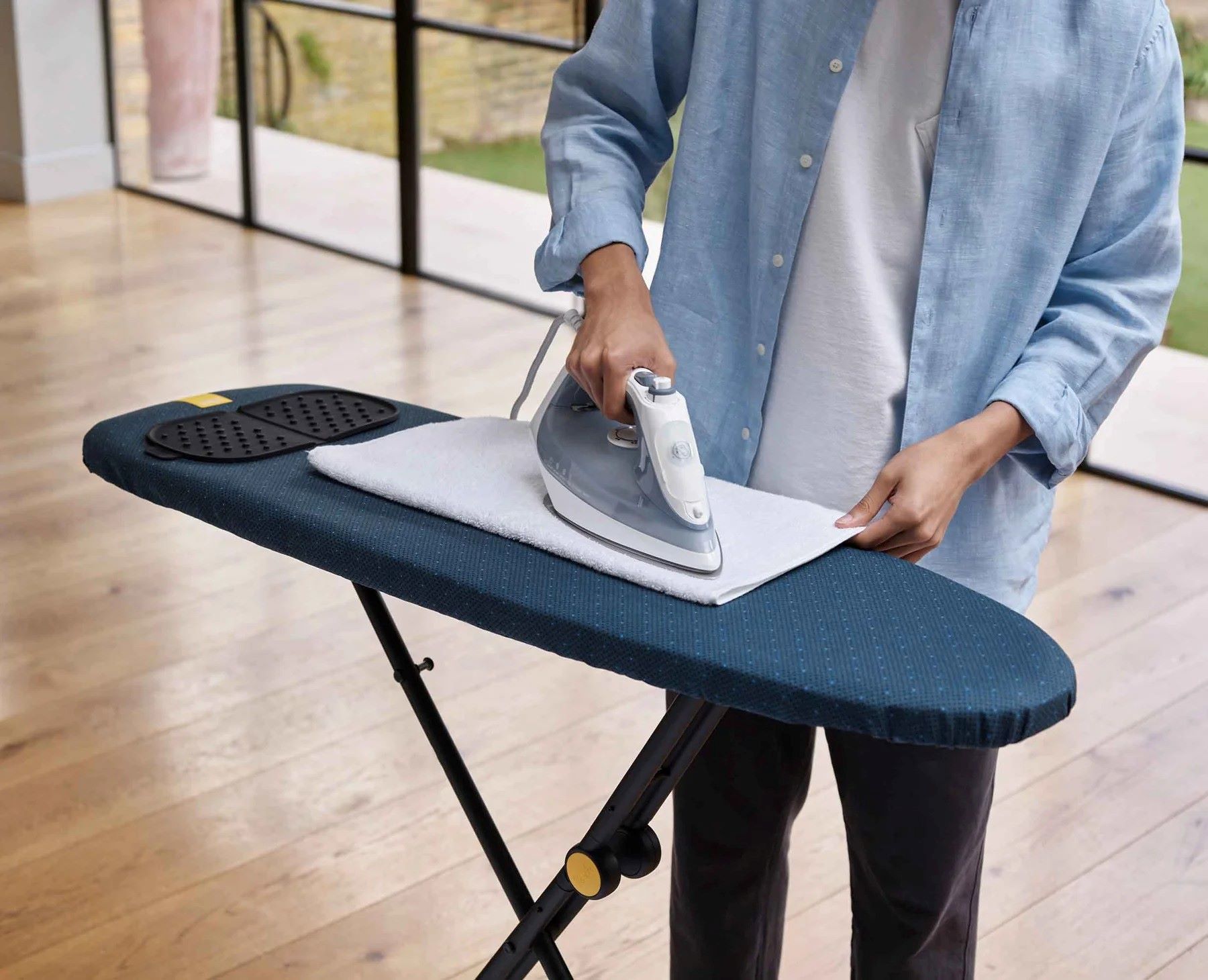

0 thoughts on “What Can You Use In Place Of An Ironing Board?”